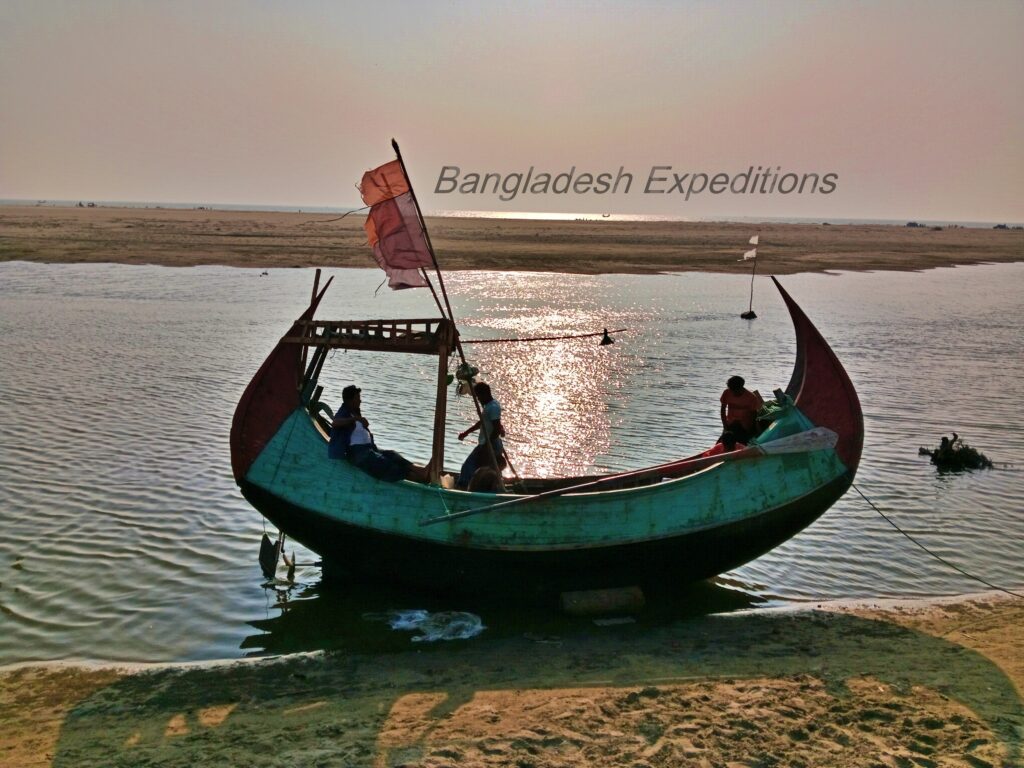Bangladesh is a small country with 165 million gathering peoples within 820 km at the North-south and 600 km at the East-west direction lies in between the Himalayas in the north and the Bay of Bengal in the south of which shared border by India in the North, east, west, Myanmar in the southeast and The Bay of Bengal in the south.
The tropical and subtropical climate of Bangladesh because of the Himalayas in the north with cold air flowing over the lands towards the sea occurs winter from Mid-October to till the end of February. air moving from the sea towards the Himalayas over Bangladesh when a hot spring occurs between March and April and the rainy season marks due to the summer monsoon with the variation of humidity from May to till September.
Bangladesh is proud to have the most favorable environment, huge quantities of natural resources and fertile lands of Himalaya’s legendary rivers with varied geographical nature in the ecological and cultural landscape beyond the three largest river and their innumerable distributaries. These rivers meet the sea with Himalayas sediments and formed largest deltaic swamps in the brackish water which sheltered infinite numbers of creation marked by the World largest Mangrove forest of the Sundarbans natural resources is habitats to diverse species including terrestrial and aquatic mammals, reptiles, amphibians, birds, predators, dolphins, crocodiles and the Royal Bengal Tigers are surviving in the acts of ecological balance for which World visitors come to learn the environment and Wildlife behaviors by escaping away from the crowded and overloaded city.
In the same way unlike the legendary rivers, Himalayas rolling hills adorned the landscape with varied topography before immersed into the Bay of Bengal. The landscape of northeast and southeast Bangladesh marked by hilly terrains filled with various natural resources include – green hills, mountains, valleys, forest, lake, rivers, coastline, beach, coral Islands and submarine hills. The eleven different indigenous peoples sustainably living in the various altitudes of hills whom shared each of their own cultural patterns, rituals, customs, language and religions relates the ethnic culture sustainable into the natural landscape. In the other hand, the hills meet the sea relates the longest beach, coral reef, mining, natural resources and marine communities due to perceived the abundance of hotel and tourist logistics brought to be defined as a tourist capital of Bangladesh.

